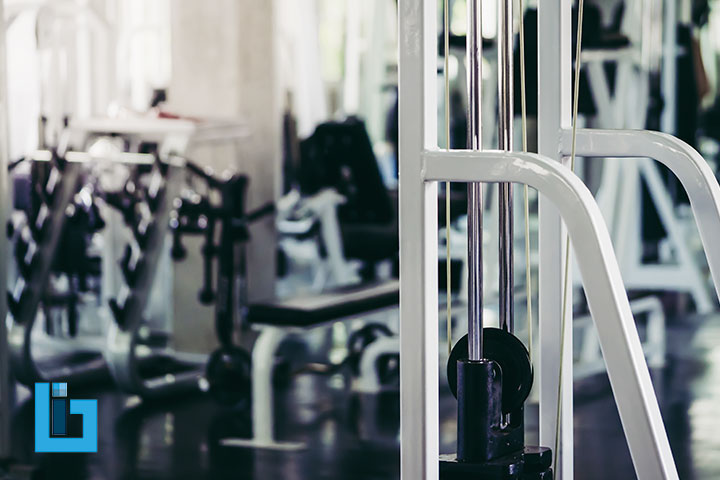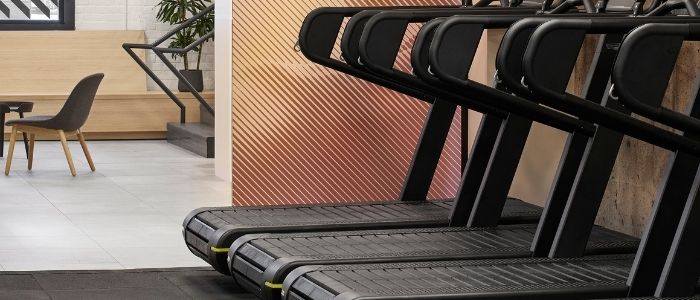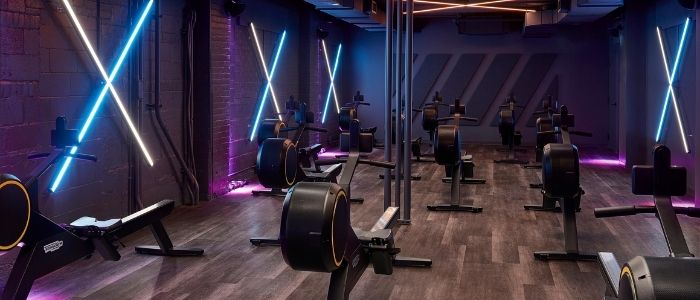
Table of content:
- 1. 10 factors affecting indoor sports facility construction costs
- 2. Indoor sports facility construction checklist
- 3. Deciding on cover only vs. fully enclosed sports facility
- 4. Indoor Sports facility construction location
- 5. Estimated Construction Costs
- 6. Cost per square foot
Indoor sports facilities play a crucial role in providing athletes and sports enthusiasts with a space to practice, compete, and stay active regardless of weather conditions. However, one of the most important considerations when planning the construction of such a facility is the cost involved. Construction costs can vary significantly based on several factors, and in this article, we’ll delve into the key factors that influence indoor sports facility construction costs in Canada.
10 Factors Affecting Indoor Sports Facility Construction Costs
1. Location: The geographical location of the facility has a substantial impact on construction costs. Urban areas tend to have higher construction costs due to factors like higher land prices, labor costs, and regulatory requirements.
2. Facility Size: The size of the indoor sports facility is a significant determinant of the overall cost. More extensive facilities will require more materials, labor, and possibly more complex engineering, leading to higher costs.
3. Design Complexity: The architectural and engineering design of the facility can significantly influence costs. Complex designs that require unique features, intricate structures, or specialized technology may lead to higher construction expenses.
4. Materials Used: Choosing construction materials can greatly impact costs. High-quality materials or specialized sports flooring, for instance, may increase the project’s overall cost.
5. Facility Type and Amenities: The type of sports facility you’re constructing (e.g., soccer arena, basketball court, tennis facility) and the amenities you want to include (locker rooms, spectator seating, lighting systems) will impact costs.
6. Infrastructure and Utilities: The availability and cost of utilities such as water, electricity, and gas in the chosen location can influence the construction budget.
7. Regulations and Permits: Local building codes, zoning regulations, and permits can vary from one region to another. Meeting these requirements might entail additional costs.
8. Labor Costs: The labor cost, including construction workers, engineers, architects, and other professionals involved in the project, can vary based on the location and demand for skilled labor.
9. Market Conditions: Fluctuations in material prices due to market conditions, economic factors, or unforeseen events can impact the overall construction cost.
10. Accessibility: Factors such as proximity to transportation networks, ease of access for participants, and parking facilities can affect costs.
When people think of commercial building construction, the thing that immediately comes to mind is an ivory office tower built somewhere on an urban landscape. But commercial construction involves any non-residential complex, including a sports facility or an arena for a favoured local sports team.
For that reason, many of the items on a commercial construction checklist are applicable for an indoor sports facility construction project. Standardized construction guidelines will help your project managers, construction crews, architects, and all involved parties develop a proven model to get the job done as quickly and efficiently as possible.
So what are some of the items on this checklist? Let’s look into that.

Indoor sports facility construction checklist
Before the work can get underway, you need to consider everything that goes into developing an indoor sports facility. Specifically, you need to forecast the estimated costs of the development so that you can prepare for what lies ahead.
Financing
First thing’s first, you need to figure out how to raise capital for the venture. It goes without saying that building a sports facility is not cheap. It often involves many investors pooling their money together to finance the construction of the facility.
There are many financing options available to support your plans. Depending on the nature of your business, you could qualify for public grants that support non-profit organizations. Additionally, you can secure private investors and/or bank loans. This could help raise enough capital to pay for the construction. In any event, research the option that best suits your goals with the facility. Only by doing this can you proceed with your plans.
Regulations
Depending on the location you select for the facility, you’ll need to abide by government regulations to ensure the building is fully up to code. In Ontario, for example, there are clear regulations for sports and recreational facilities that owners must follow to remain in compliance with the laws of the province.
Beginning in 2020, as a result of the global coronavirus pandemic, the guidelines have several new regulations. They demand that sports facility owners and managers follow strict health and safety protocols aligned with the social distancing rules implemented to ward off the pandemic. Many of these guidelines will remain in place even after the worst of the pandemic has passed. Of course, this must be taken into account as you map out your development plans.
Gym & Sport Facility Turnkey Service & Projects
Sports Facility & Gym Construction Services / New Gym & Sport Facility Construction Projects
Construction time
Time is one of the biggest investments mandatory for building an indoor sports facility. Before you begin undertaking that goal, brace yourself; this is a long project. At minimum, you can expect up to two years of construction work before the facility is complete. Other projects can take upwards of three years or more to complete.
Due to the significant amount of time in this type of project, it’s not uncommon for project managers to recommend development processes that accelerate the timetable. Design build construction allows the various phases of the development to proceed in tandem with each other rather than sequentially. This allows design work, pre-construction, and sourcing of parts and labour to proceed as the plans are solidified by building owners, investors, project managers, and commercial managers.
Operational costs
Finally, you need to prepare for how much it will cost to maintain the daily operations of the facility. These include things like heating costs, cooling costs, lights, sound systems, security, and all the other amenities that are part of the sports facility experience.

Deciding on cover only vs. fully enclosed sports facility
As part of your development plan, you need to think about how to enclose the facility. Much of these decisions will depend on the location of your facility. Likewise, the types of sports that visitors will play in the venue.
If you select a cover for only the field or the pitch, a seasonal dome can protect the field area from the elements. These are air-supported structures that protect the grounds during the cold winter months, which also allow people to train under the dome during the offseason. When the warm weather returns, the dome can undergo removal and be available for the entire summer sports season.
On the other hand, a fully enclosed sports facility is a more secure option that protects the entire establishment. It’s a more expensive and permanent option for your development, but it also stands out to passing motorists and pedestrians. In addition to providing safety and security for the facility, it acts as a promotional gimmick in and of itself.
Of course, there’s also the hybrid option that provides the security of a fully enclosed sports facility with the option for a retractable dome over the open field. A perfect example of how this could look is the Rogers Centre, or the SkyDome, in downtown Toronto.
Indoor Sports facility construction location
Location is critically important to any commercial construction project, especially when the development is an indoor sports facility. You want to find a location that’s close to the highways, accessible from public transit, and in a location that will always have foot traffic in and around the area. This is the best way to keep the business booming.
Selecting the right location is one of the biggest decisions in the planning phase of your project. You need to conduct an environmental assessment to ensure the grounds are safe to have people coming and going every day. Then, you need to apply for the right permits to build the facility on that specific location. Finally, you want to ensure that you’re not surrounded by direct or indirect competitors. Specifically, those who could syphon business away from your establishment. All of these factors influence how, when, and where you decide to build.
Estimated Construction Costs
As of September 2021, Canada’s indoor sports facility construction costs can range between $100 – $300 or more per square foot. However, it’s important to note that these figures can change over time due to various factors, including inflation and market conditions.
For a rough estimate, let’s consider a mid-range cost of $200 per square foot. If you’re planning to construct a facility with an area of 10,000 square feet, the estimated construction cost would be:
Cost per square foot
$200 Facility size: 10,000 square feet Estimated construction cost: 10,000 sq. ft. * $200/sq. ft. = $2,000,000
Keep in mind that this is a simplified example and doesn’t include potential additional costs for design, permits, utilities, landscaping, and other factors.
Final thoughts
Indoor sports facility construction costs in Canada is vary based on many factors, including location, size, design complexity, materials used, and facility type. To get an accurate estimate for your specific project, it’s recommended to consult with local architectural firms, construction companies, or industry professionals. By considering these factors and getting different quotes, you can make informed decisions to create a successful indoor sports facility that meets both your budget and your athletes’ needs.
Remember that construction costs can change over time, so you need to stay up-to-date with the latest information from experts in the field.
For projects of this magnitude, it helps to hire the right consultants who provide industrial expertise to ensure the facility is developed in the right way. The best consultants also have business acumen and negotiating skills to help you find the best developers to assist you. Get in touch with the experts at (905) 696-0486 or email [email protected] for more details.
